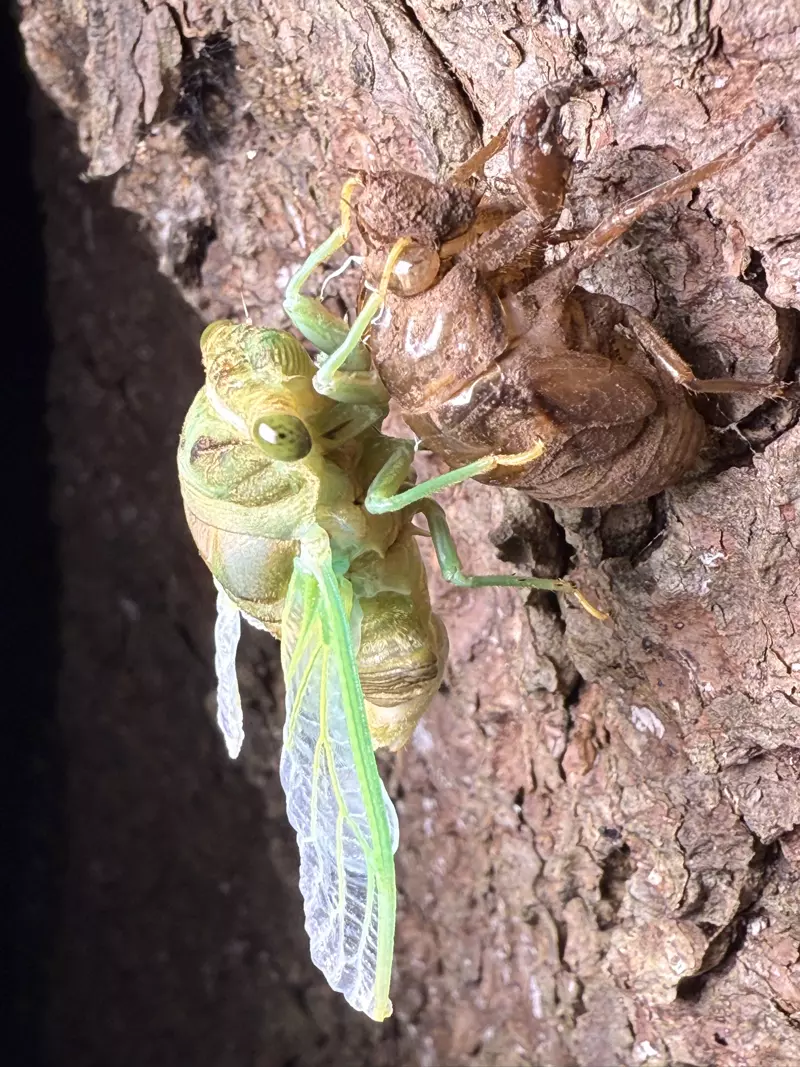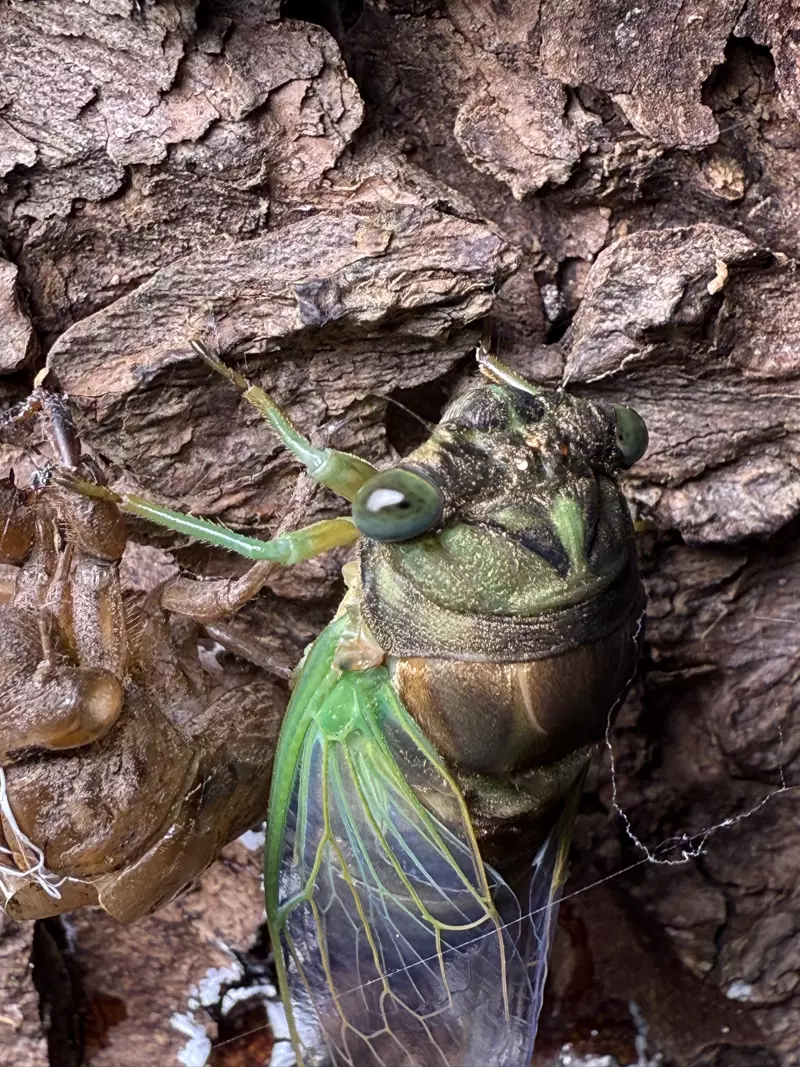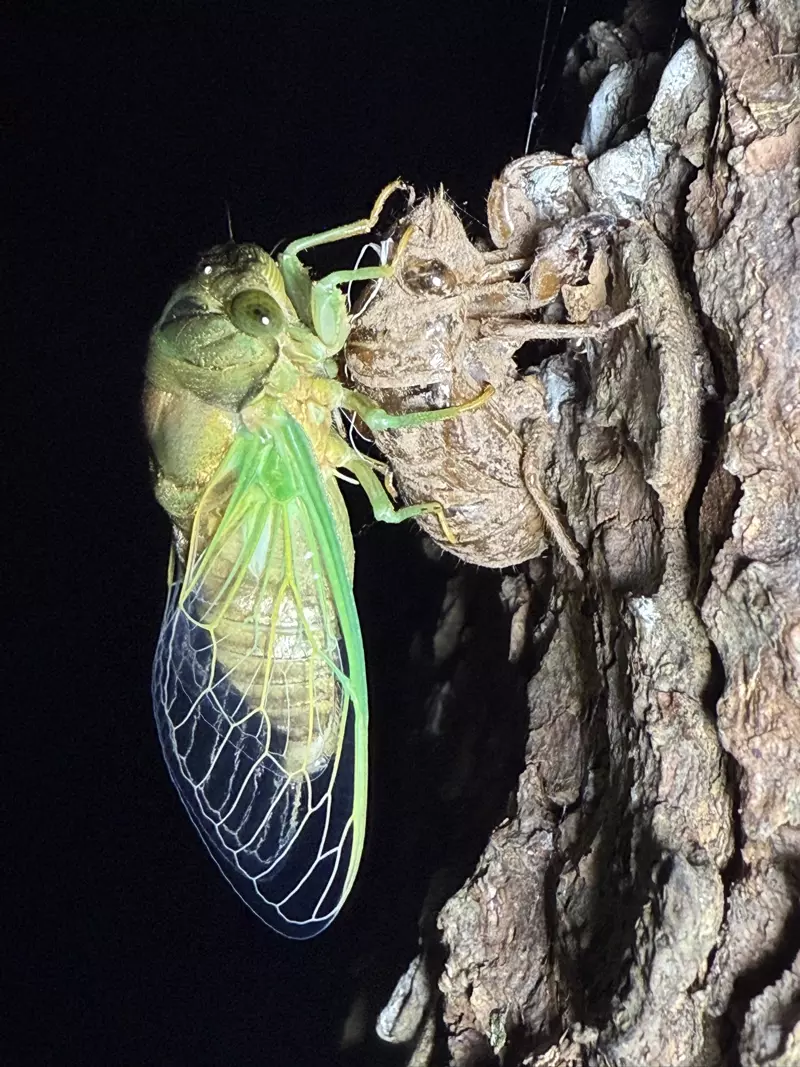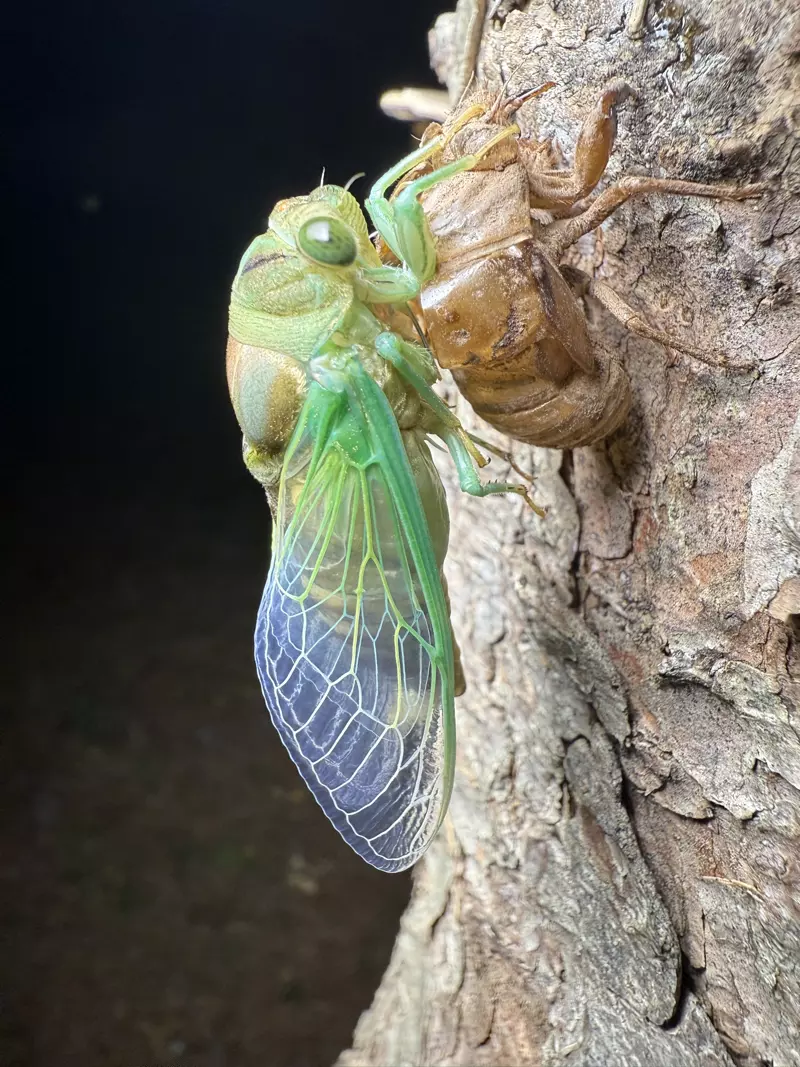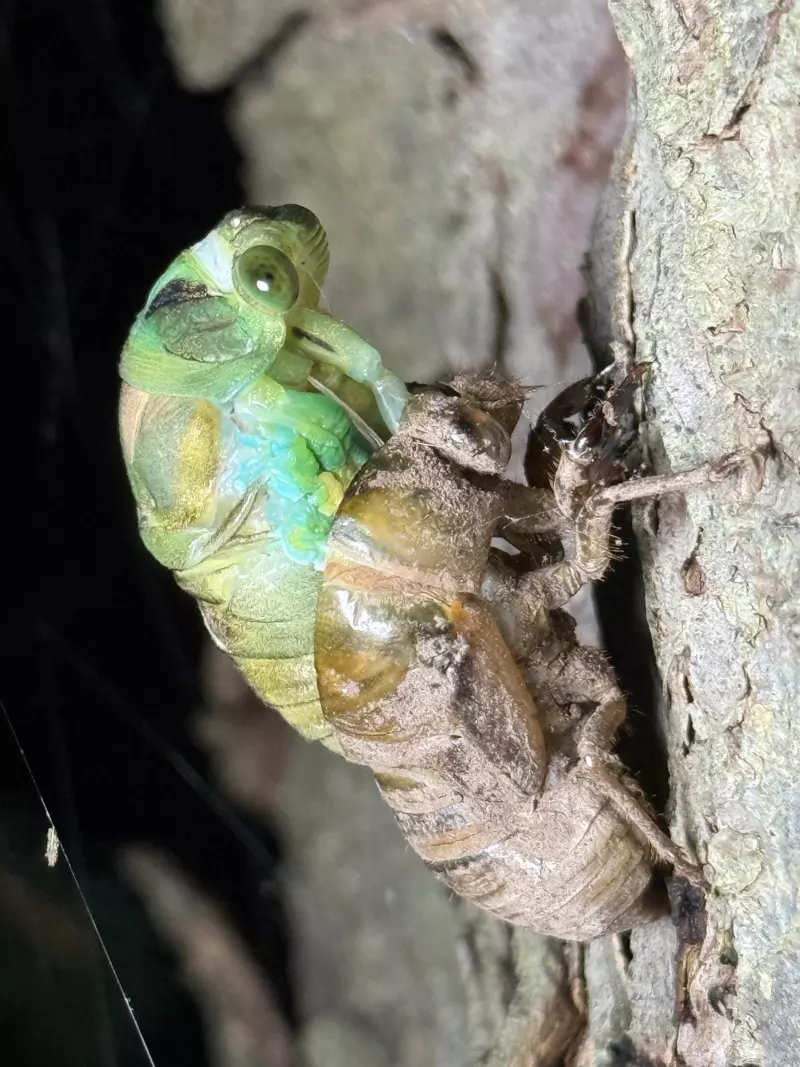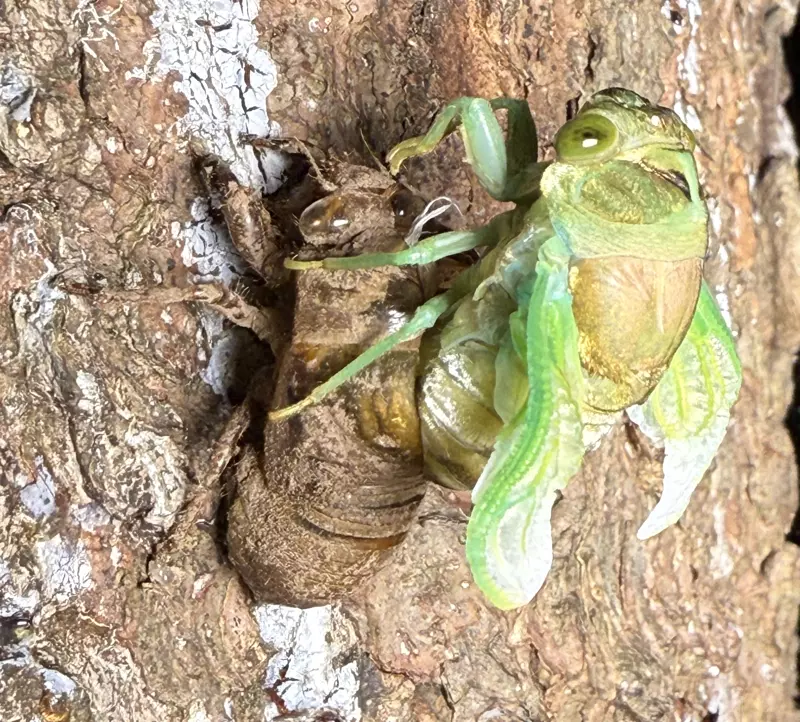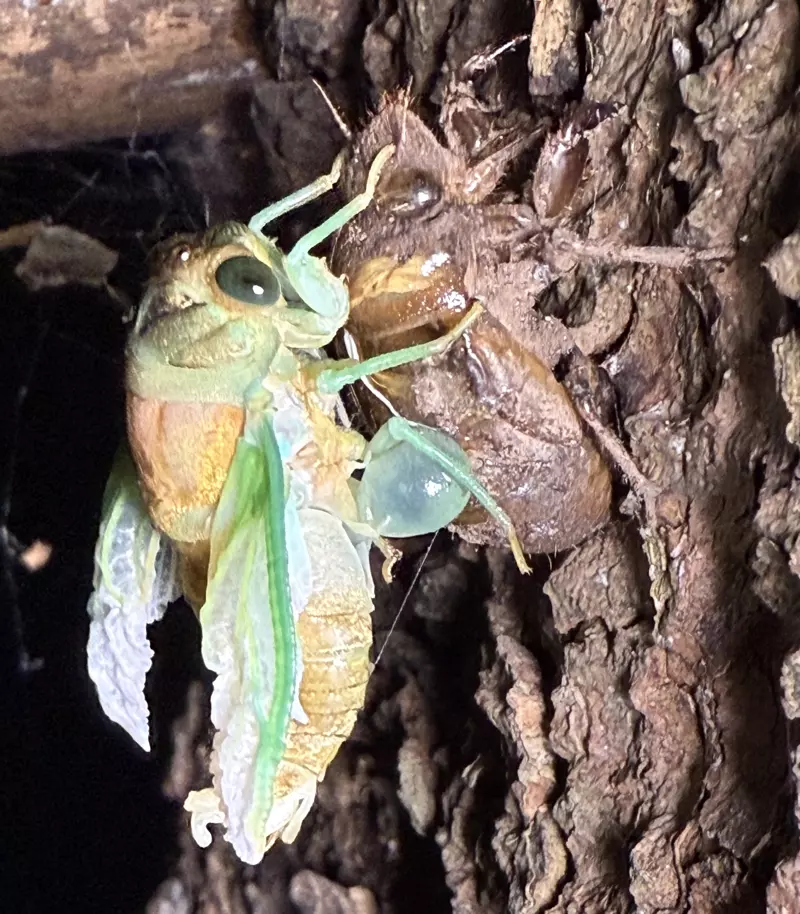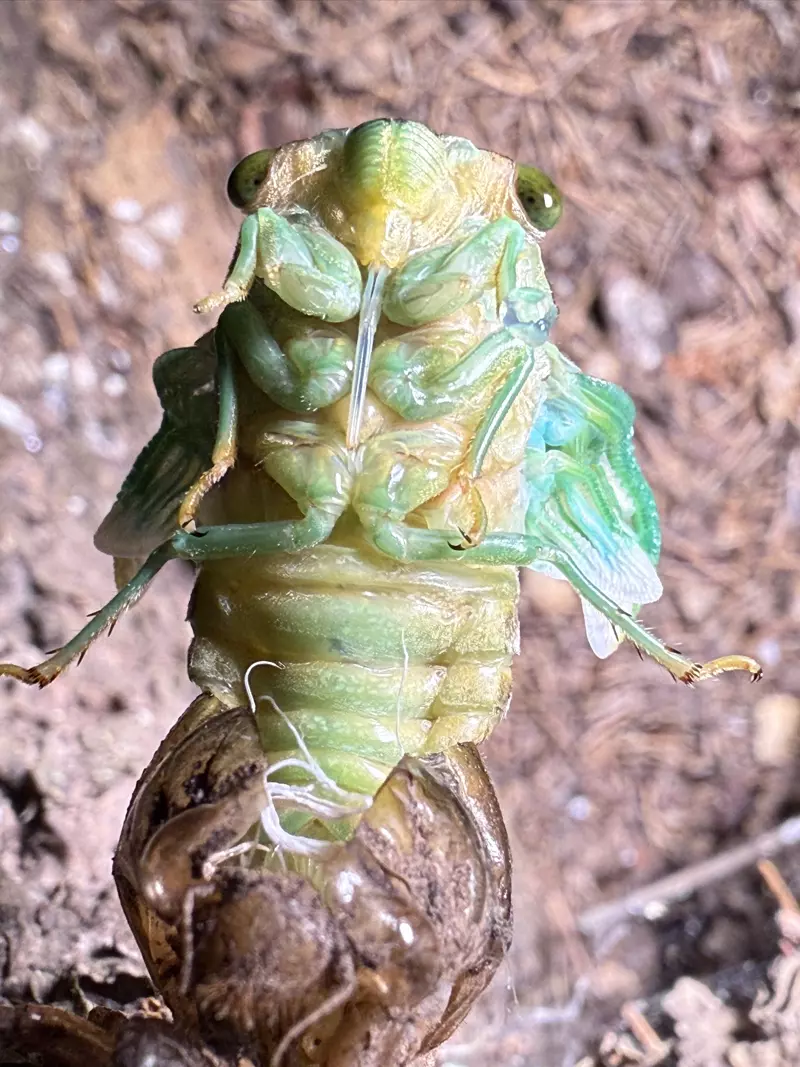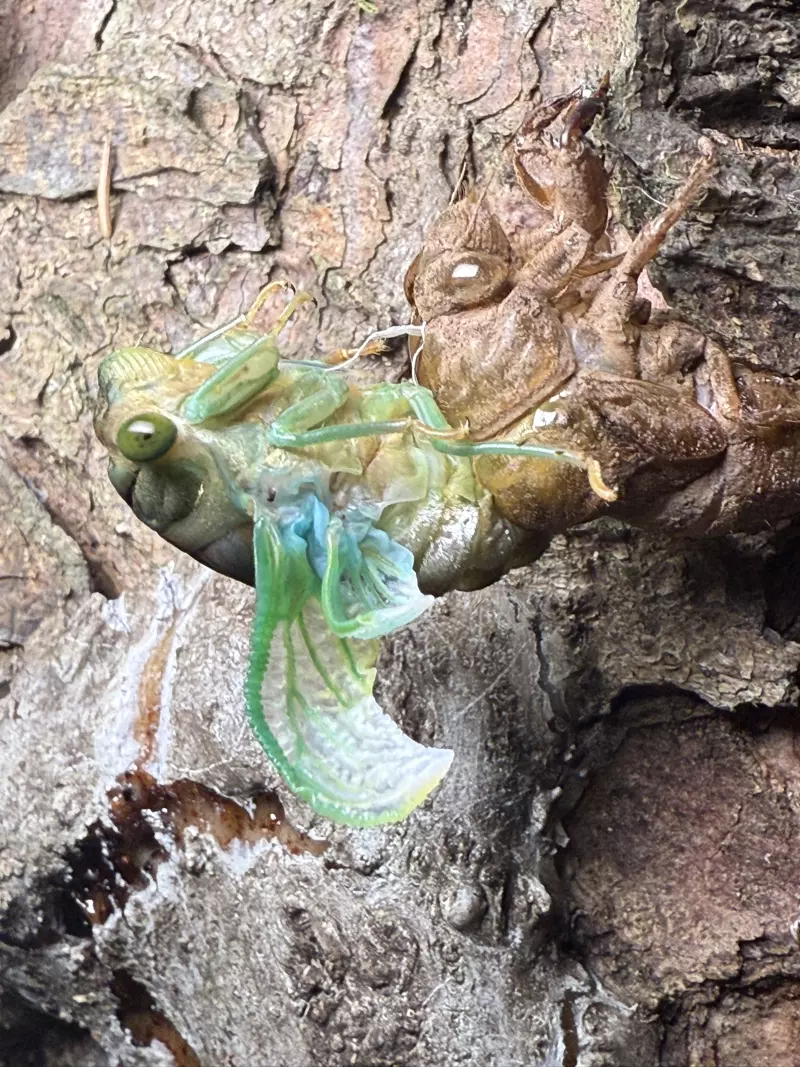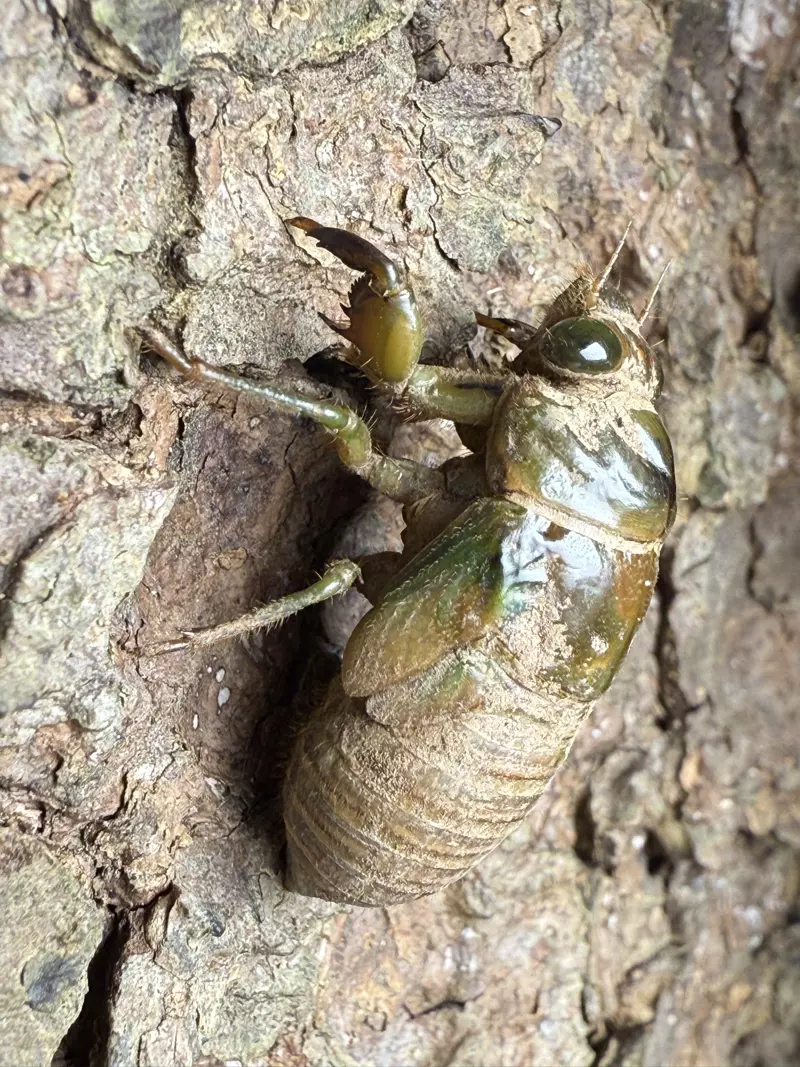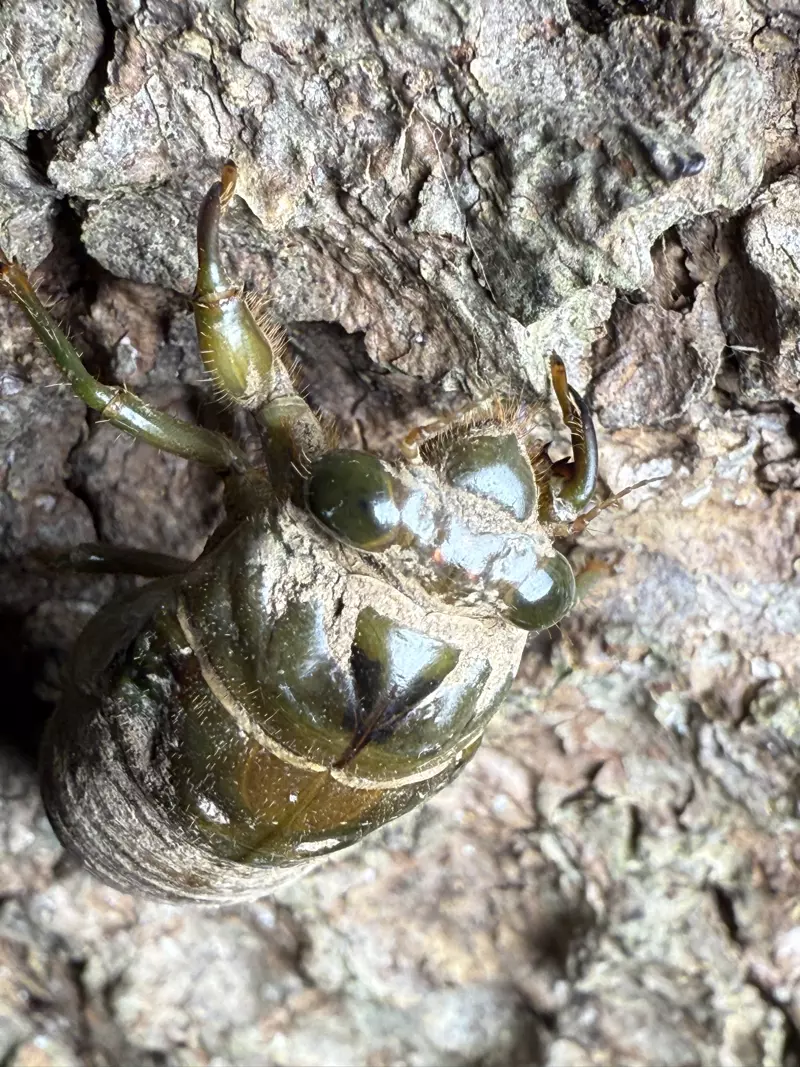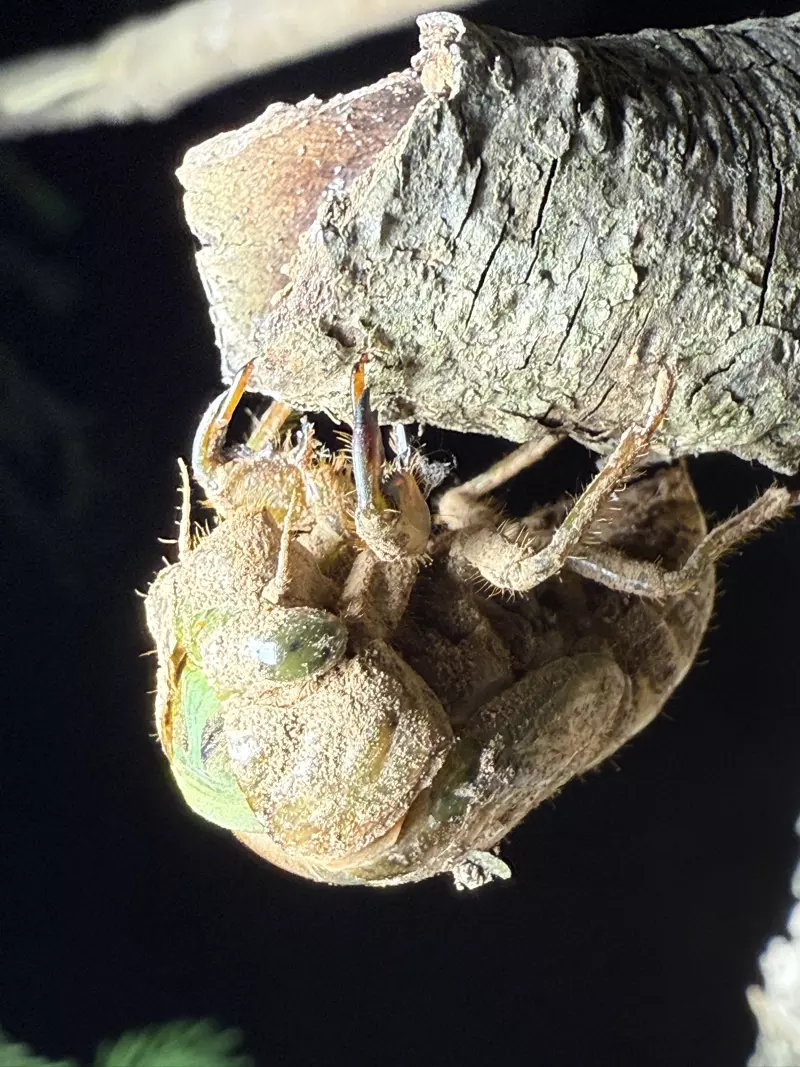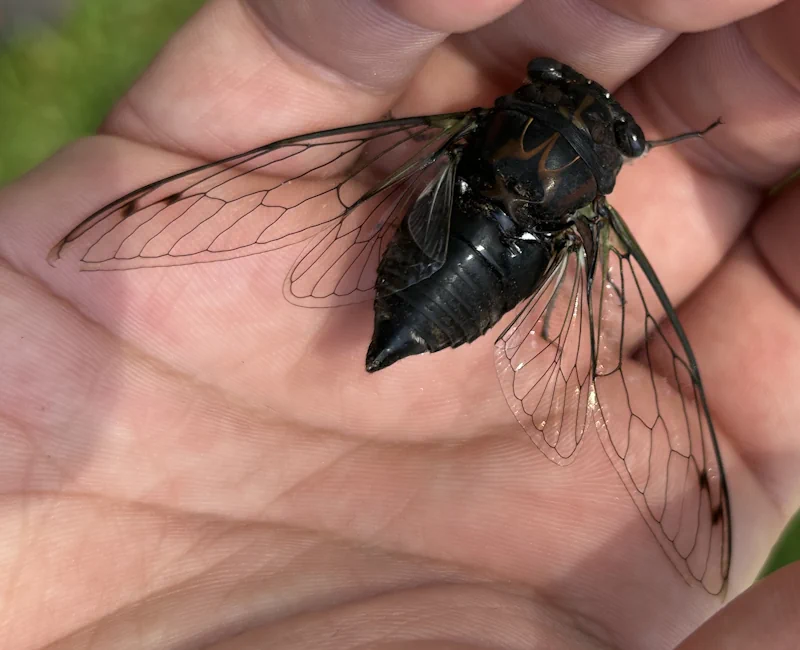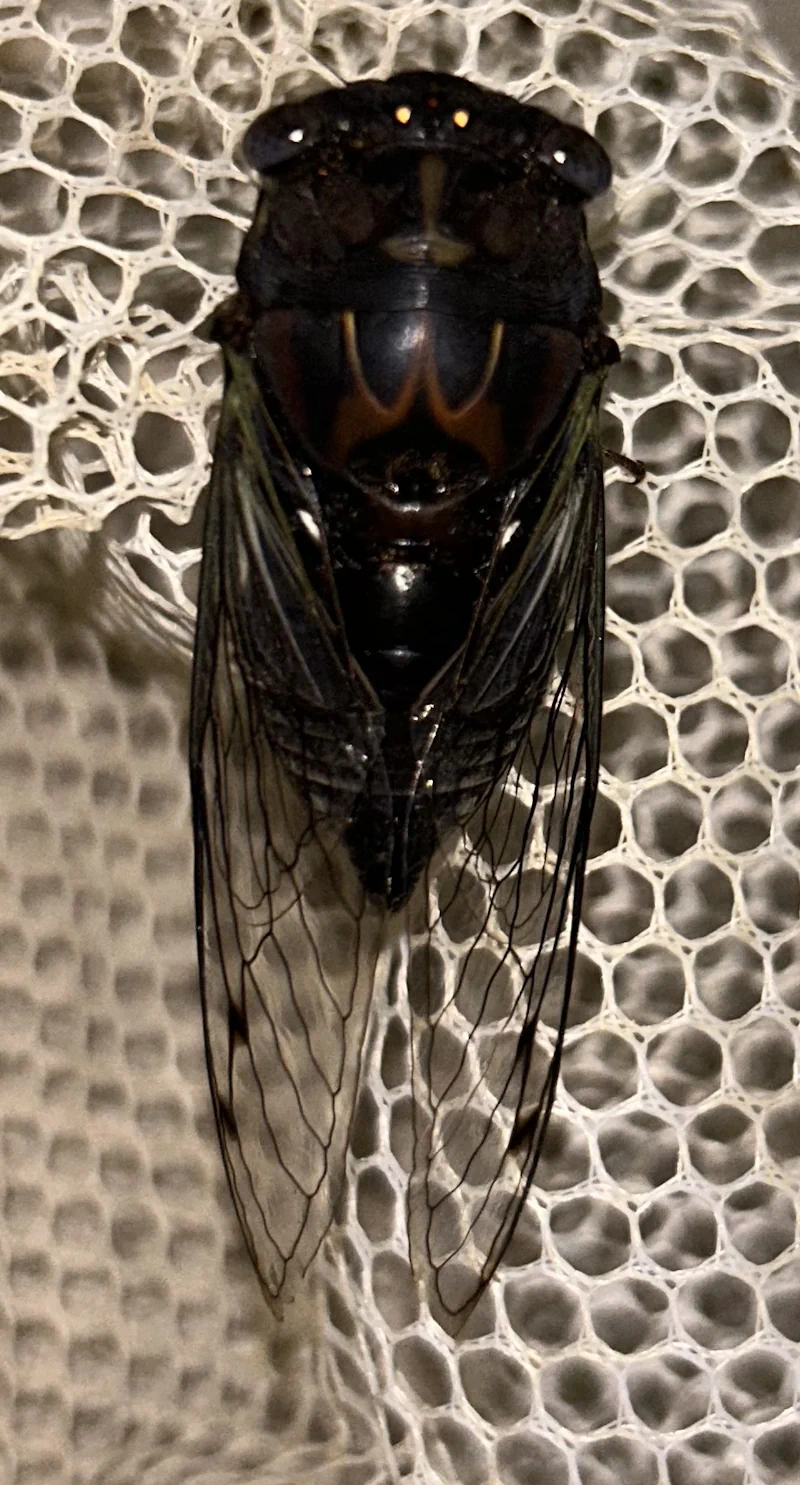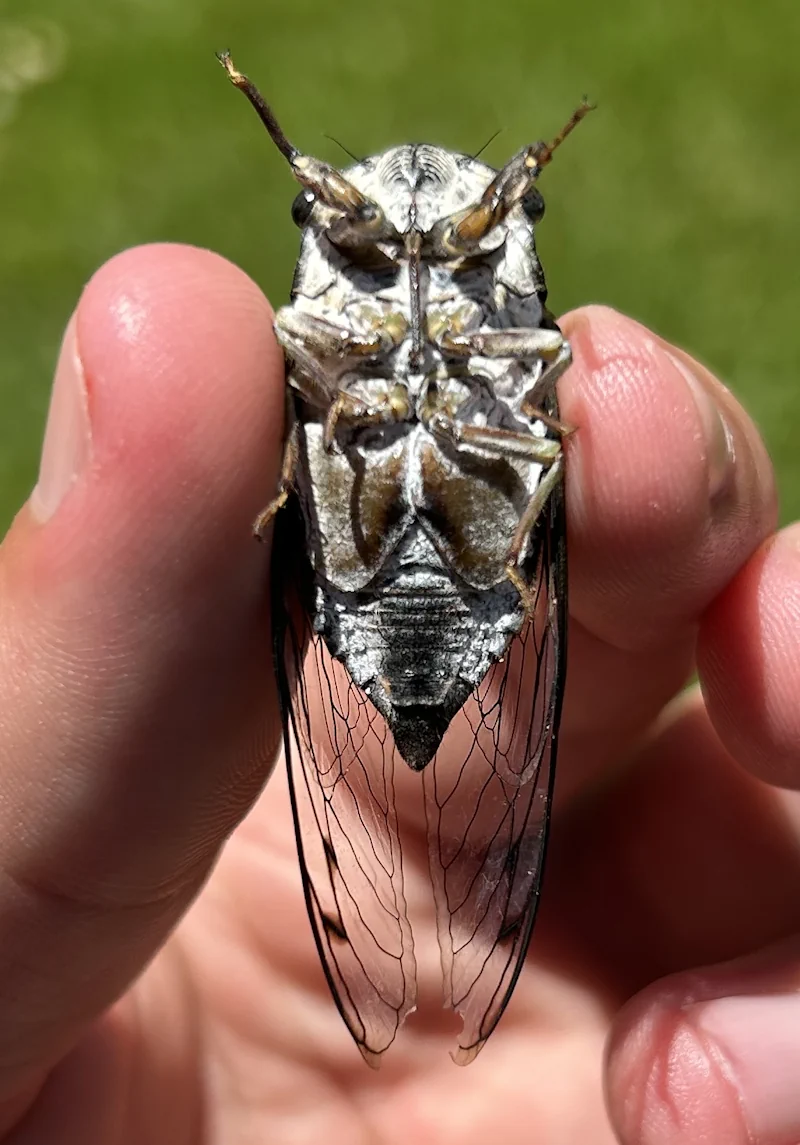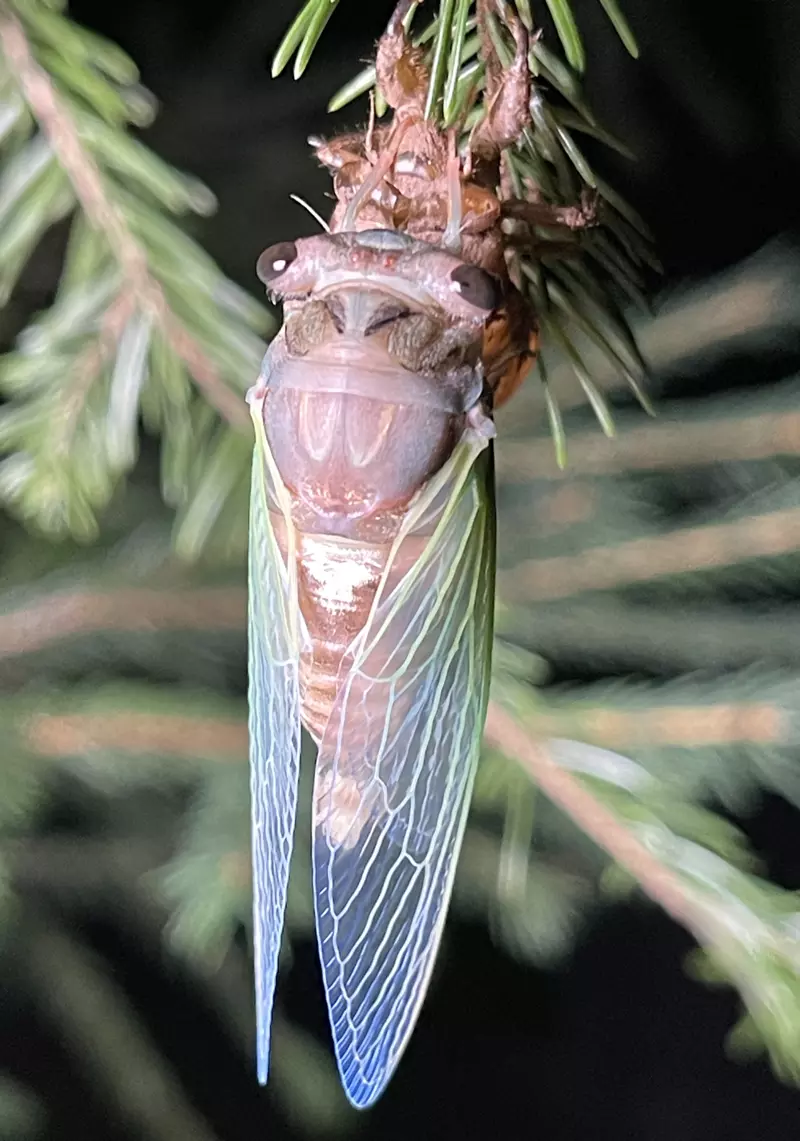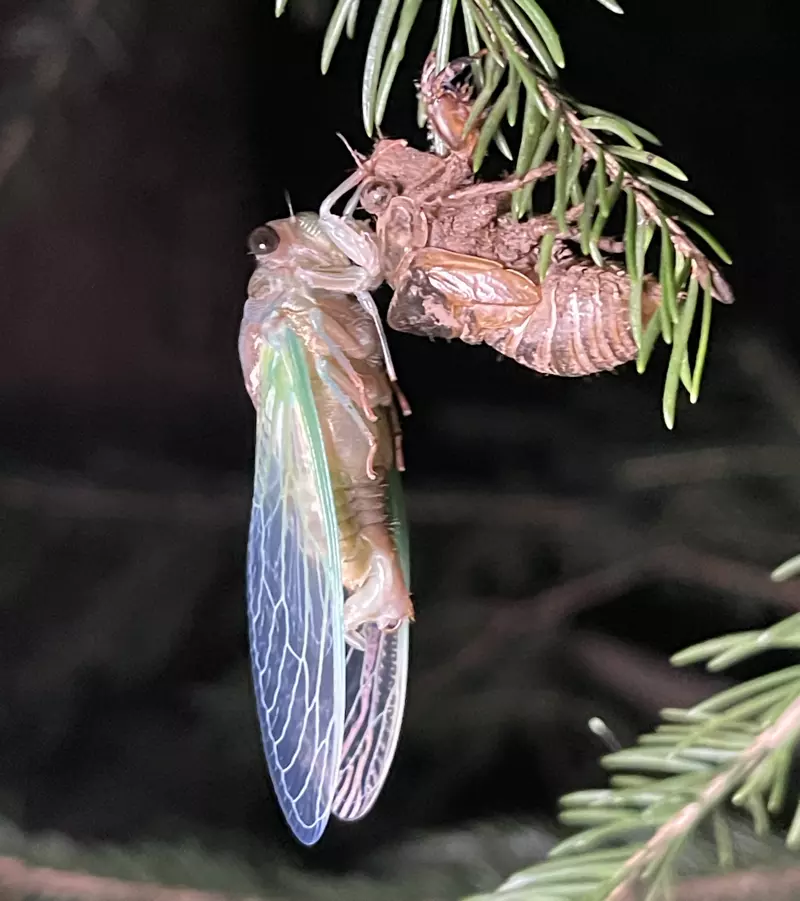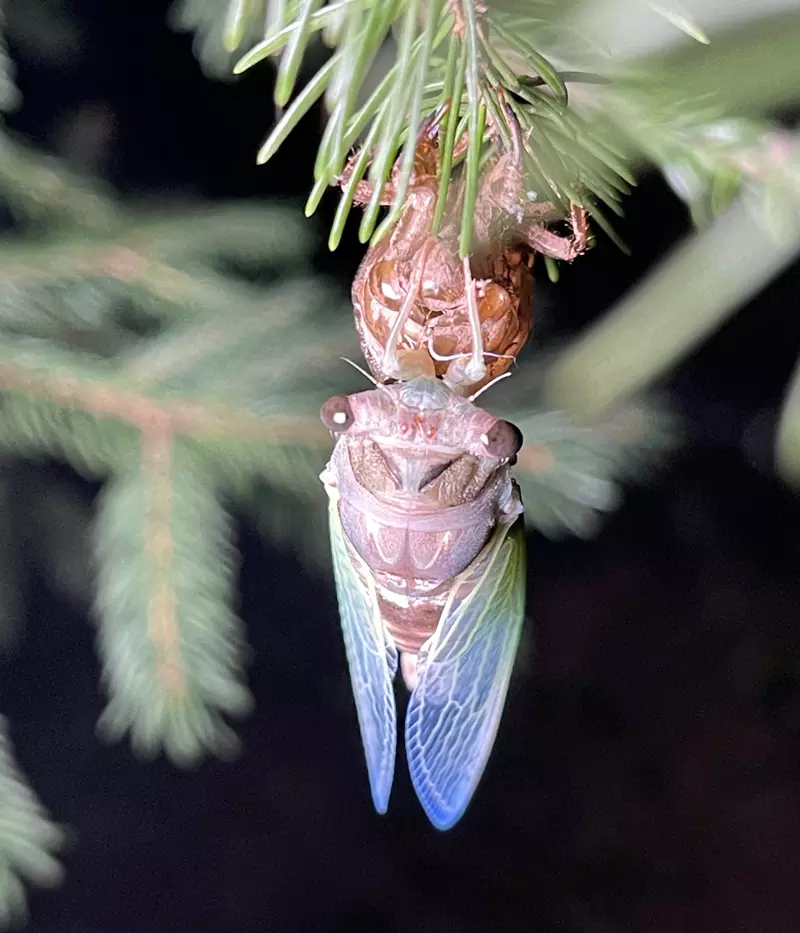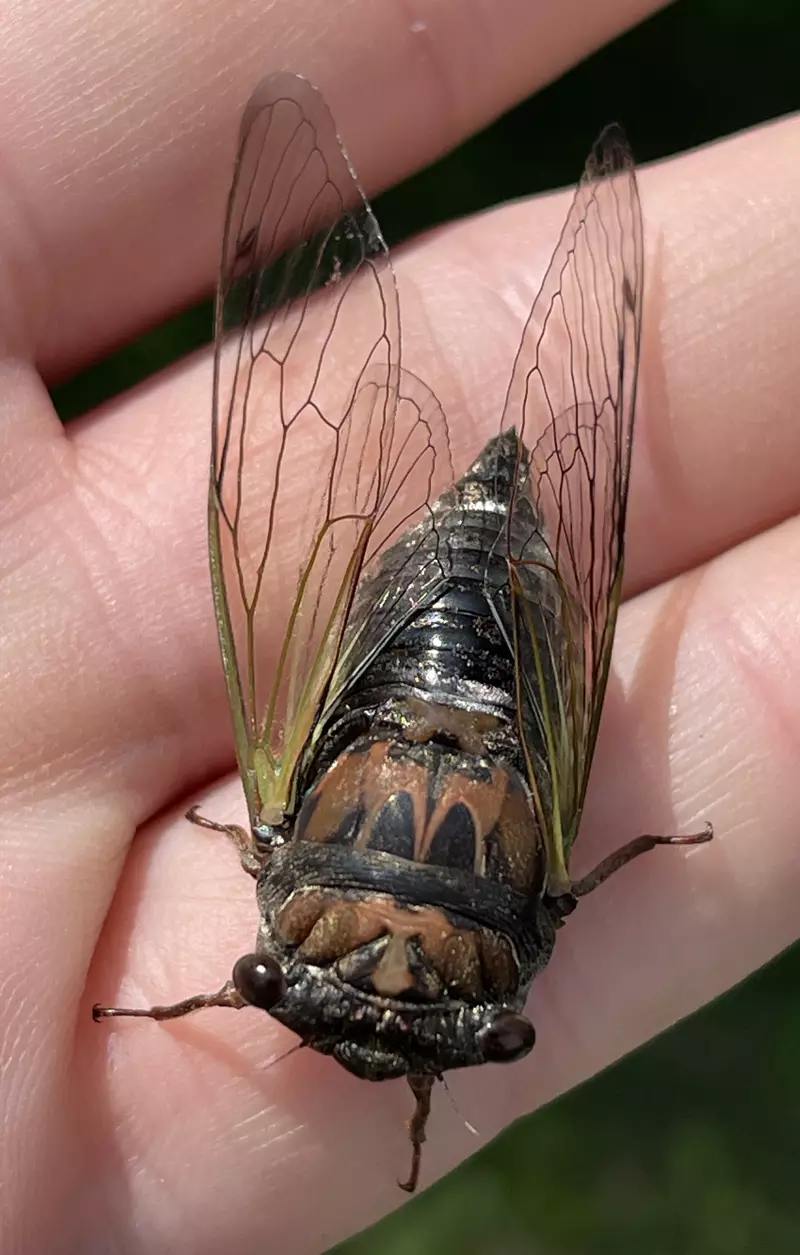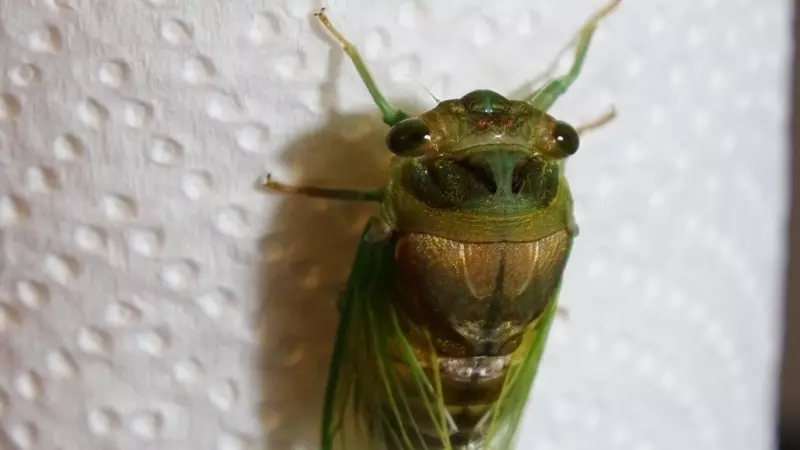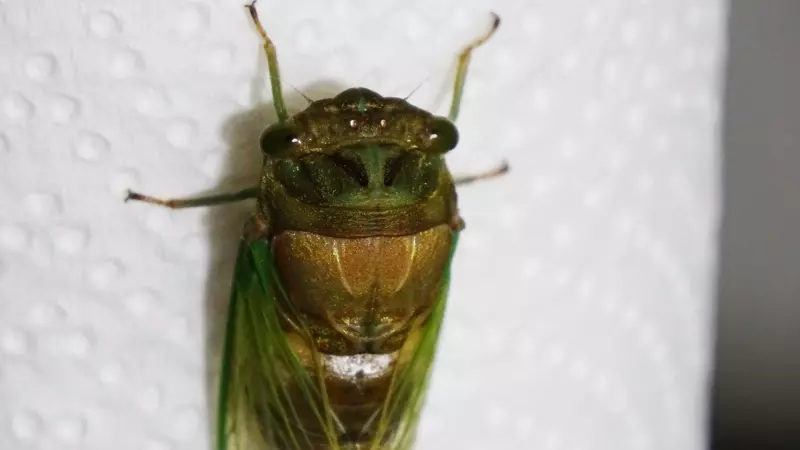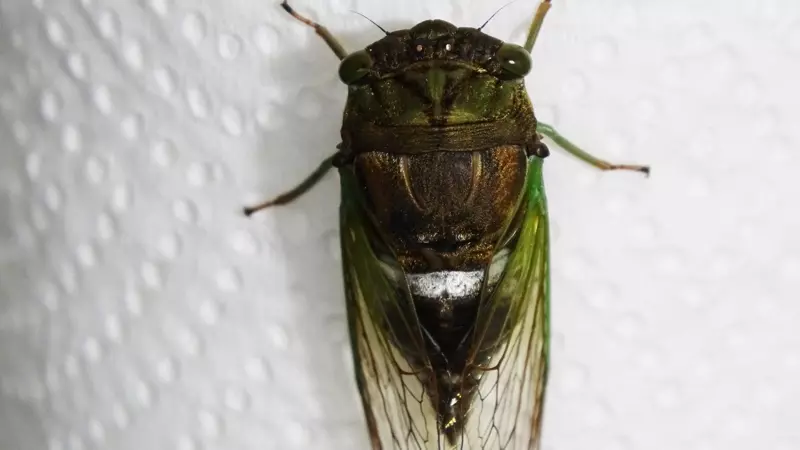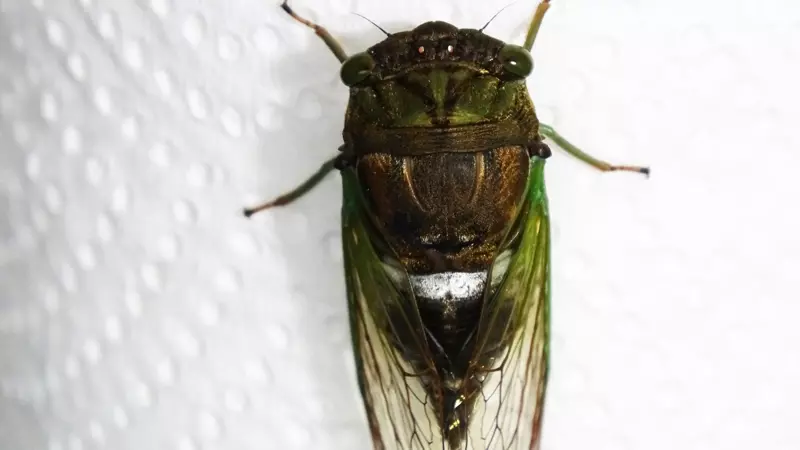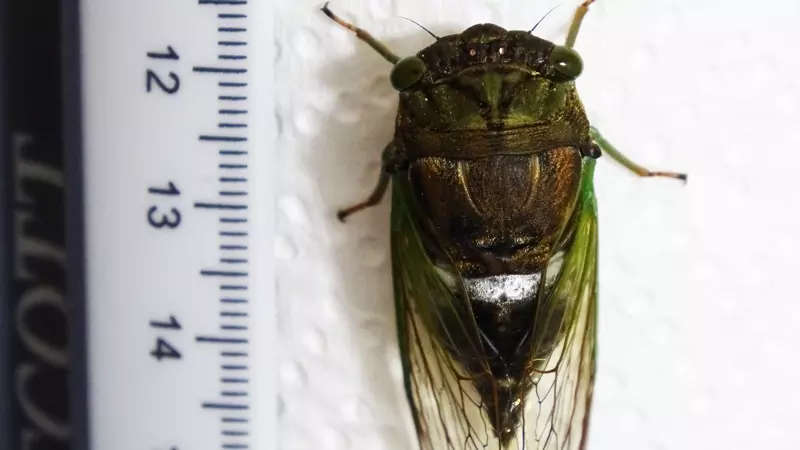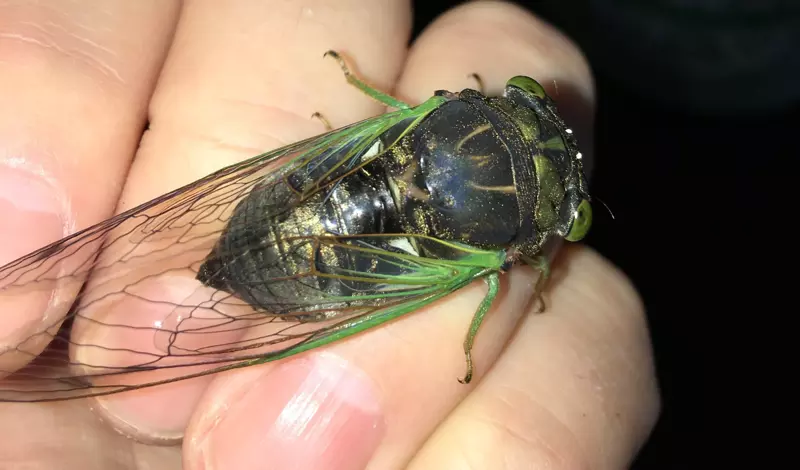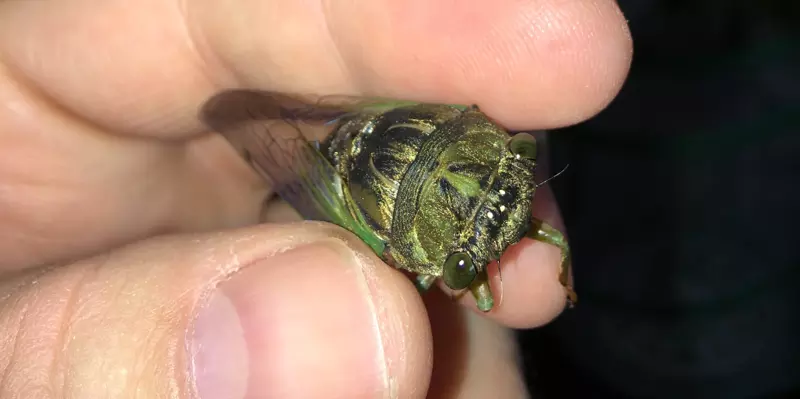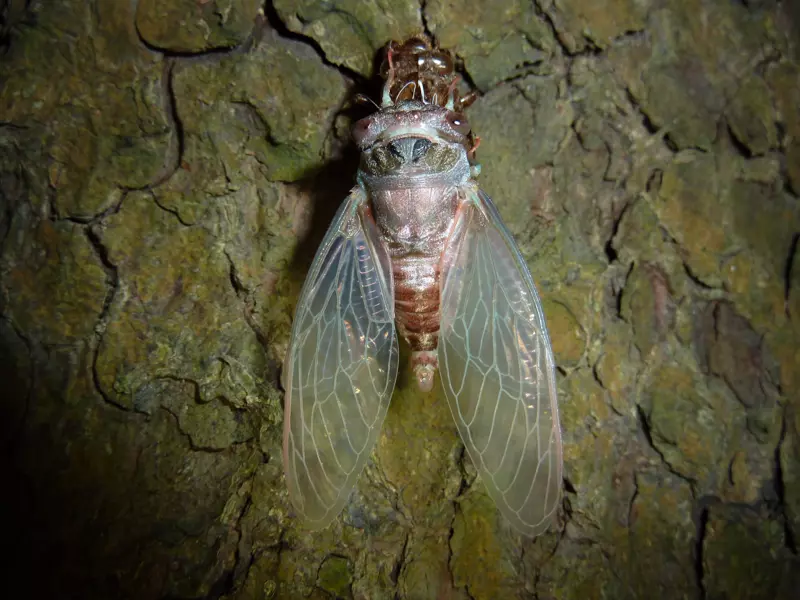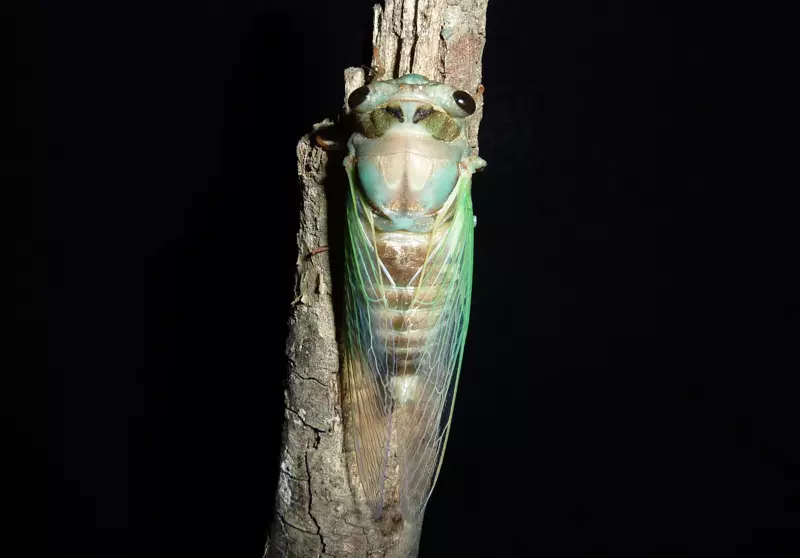
Most of my cicada experience happens in the state of New Jersey, particularly central New Jersey (which does exist: it is comprised of Middlesex, Sommerset, Hunterdon and Mercer counties). Typically, in central and northern New Jersey, the summer cicada season will kick off in late June with the emergence of Neotibicen lyricen and end with the grinding calls of Neotibicen canicularis in the middle of September. Central New Jersey has these annual cicada species: Neotibicen lyricen (both sub-species), Neotibicen linnei, Neotibicen tibicen, Neotibicen winnemanna, Neotibicen canicularis, and possibly Megatibicen grossus in the south, and Okanagana rimosa in the north-west. Periodical cicadas are also found in the area, but not in the summer, and not in 2024.
Neotibicen tibicen aka Morning Cicadas (most call them Swamp Cicadas — I do not because it is not a helpful description) are abundant in my location and do well with both Spruce and Maple trees.
The summer of 2024 was a strange one:
- I didn’t find my first Morning (Neotibicen tibicen tibicen) cicada until July 7th (about a week late), found my last one on August 9th (about two weeks early).
- The last cicada I heard sing was during the last week of August, about two weeks early.
- June high temperatures were 5 degrees Fahrenheit hotter than average (avg. 1991-2020), and there was 30% less precipitation. A HOT and DRY start.
- July high temperatures were 2 degrees Fahrenheit hotter than average (avg. 1991-2020), and there was 20% less precipitation. A hot and DRY mid-season.
- August high temps were flat, but there was +51% more precipitation. Average temperatures, and wet finale.
- I used Weather Underground for 2024 averages, and Current Results for historical data.
- It is worth nothing that Cicada Killer Wasps were plentiful and productive.
Neotibicen cicadas are around every where, but there are good years and great years. 2024 was not great. I don’t know if the extra HOT and dry weather had an impact, but it may have. Lots of “maybes”.
Here’s some photos of molting Neotibicen tibicen for you to enjoy:



